As an electronic enthusiast, hobbyist or a professional you understand the importance of magnification needed while assembling or examining electronics, especially working with SMD components. Therefore, a good magnifying device or an electronic microscope is needed.
There are many microscopes available in the market and there can be a very huge price range from $100 to $1000. However, choosing the right one that fits not only your electronic needs but also your pocket is necessary. So, In this article we’ll be reviewing the LinkMicro LM246MS which takes both into consideration.
Before we proceed further, let’s first understand the need of magnification in electronics.
Necessary Characteristics Needed in Microscope
Not all microscopes (and other magnification devices, like visors) work well for electronics.
There are necessary conditions that the magnifying device should satisfy. These are:
- Height Working Space: Unlike biological or chemical specimens, electronic products need more space for working or examination. Therefore, enough space is needed under the microscope for any tool. For example, a soldering iron, hot air gun and tweezers all need to fit, not to mention the circuit board itself. Also, to ensure easy manoeuvre, enough working distance is important to move tools around freely. Lastly, a good distance prevents damage to the lens.
- Working Area: Not only up and down but also to and fro, and left and right manoeuvre is needed. For instance, If you want to repair a laptop’s motherboard, you need a larger available area under the microscope than when you only focus on mobile phone repair.
- Storage: Storing images or videos for later reference can be useful. Some microscopes can store these on an SD card or transmit them over USB to your PC.
- Ergonomics: Finding a damaged trace or component can sometimes take hours. To prevent unnecessary strain on your body, it helps to have a microscope that encourages good posture.
Need for Magnification:
When we talk about microscopes, the image that comes first in our mind is that of a biological specimen under inspection. However, not just biological elements need microscopes, electronics too need magnification for precision.
The most basic needs of magnification in electronics are:
- Soldering
- Finding damaged traces
- Locating cold solder joints
- Identifying failed electrical components
- Assembly of components. Learn about PCB Assembly here.
- Studying miniature components
- Rectifying defects.
Now that you understand the importance of magnification in electronics and the necessary characteristics that you should look for in any microscope for electronics.
About the Product
LinkMicro LM246MS is a 7 inch, 3 Lens 2000X HDMI digital microscope used for soldering, assembly and to perform re-work on PCB.
Specifications:
- Light Source Type: LED
- Material: Plastic, stand metallic
- Colour: Black
- Real Angle of View: 178 Degrees
- Maximum Magnification: 2000 x (Claimed)
- Voltage: 5 Volts
- Brand: LINKMICRO
- Objective Lens Description: Achromatic
- Power Source: DC
Unboxing
What’s in the box?
When box arrives it contains:
- Microscope and Microscope holder
- Upgraded metal bracket
- Three interchangeable lenses: Lens A, Lens D, Lens L
- Remote for taking pictures and videos remotely
- Memory card: 32 GB
- Cables: Dimmer cable to adjust deck lights, Micro USB Power cable, HDMI cable
- Two LED deck lights
- Accessories: Slide holder, Slides kit, Tweezers, Bug box.
The Microscope
The LinkMicro is a 7 inch LCD with1080P screen. It has slots for SD card, USB cable and a port to attach HDMI cable.
It has six buttons on the bottom side of the display consisting of power button, menu button and others. The “ok” button is for recording the video and the button with engraved camera symbol is to take the picture and save it on SD card.
Using HDMI cable it can be connected to any monitor or PC using USB interface to get a larger field of view. Further, the captured images can be stored as photos and videos to share with others. There is this one feature that makes this microscope unique, it can record the video to the SD while simultaneously display it on the streaming to a HDMI device.
Here are some demo video files that’s recorded while streaming to a HD monitor at different resolution.
2160p 24FPS
1440p 30FPS
1080p 60FPS
1080p 30FPS
720p 120FPS (This was recorded while not streaming over HDMI)
720p 60FPS
720p 30FPS
The Interchange Lens:
To make this microscope multi-purpose, Link Micro comes with three interchangeable lenses.
Lens L (240X)
Welding Lens L (240X), with object distance 90mm- 300mm.
Lens A (720X)
Digital Lens A (720X), with object distance 12mm- 320mm. That is, it can provide magnification up to 720 times. This lens is used for medium range magnification.
Lens D (2040X)
Microbial Lens D (2040X), with object distance 4mm- 5mm. That is, it can provide magnification up to 2000 times thus it can be used for biological specimens.
Further, the focus can be adjusted with the help of a ring provided on the microscope and you can either use the remote or use the buttons on the microscope to digital zoom 3X into the image.
Remote :
Even though there are buttons on the Microscope they have limited features. To access the complete feature of the Microscope the remote plays a crucial role.
These are the settings that can be accessed by remote :
- Freeze: Stop the image on the display, works in video mode, photo mode and while recording.
- Illumination+ & – : exposure compensation from +2.0 to -2.0.
- Sharpness up & down : three levels of sharpness: Soft/Normal/Strong. Those two buttons are both used to switch the levels, but in different orders. *
- Contrast up & down: same principle as Sharpness
- Upside Down button : Rotate the Image upside down
- Inverse : Invert the Image colour (Negative effect)
- Black & White button : Shows the Image in grayscale.

Additional Accessories :
This particular Microscope also come with various accessories which are not just for PCB specific but also can be used for other purpose like coin inspections and biological studies (very limited).
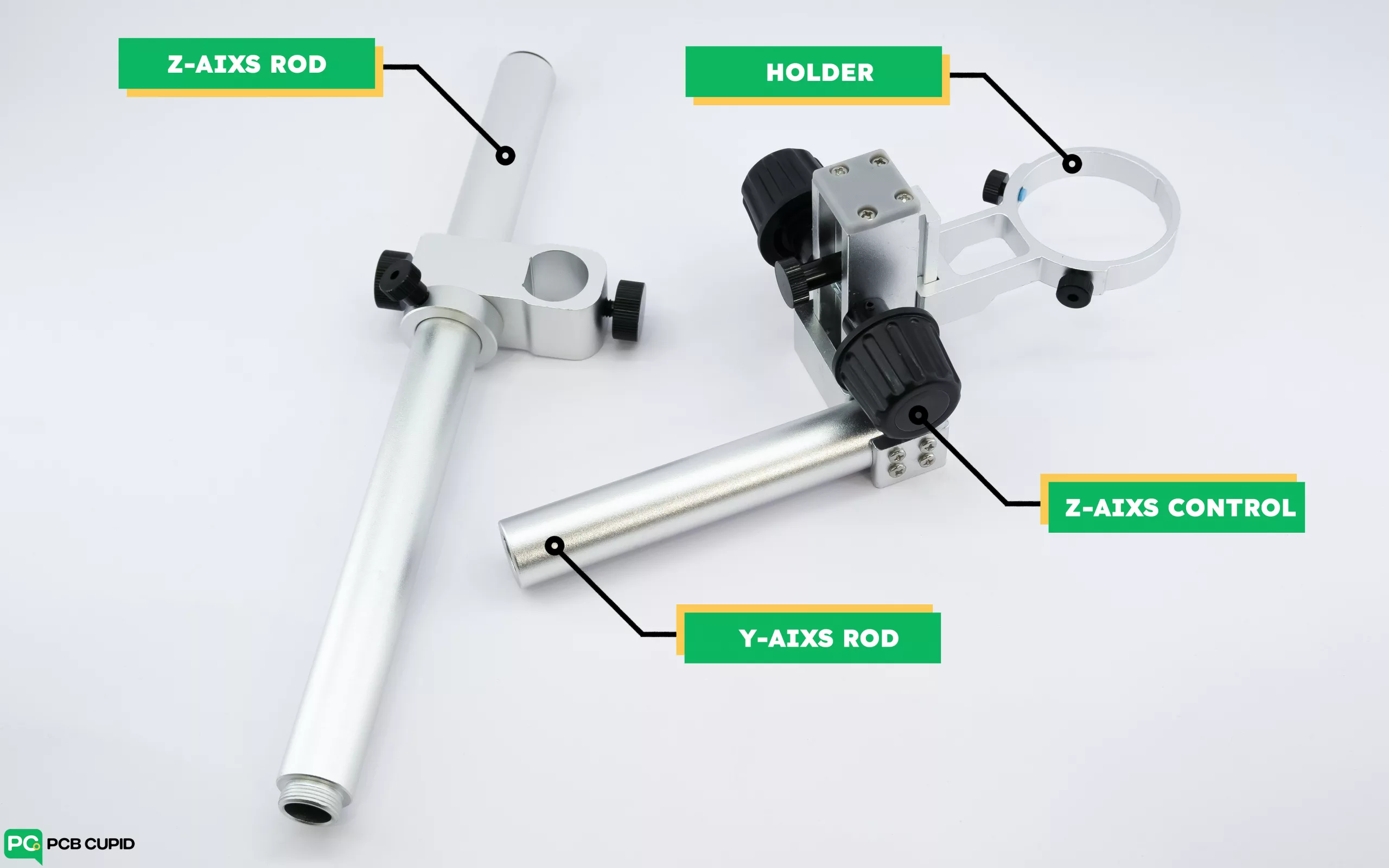
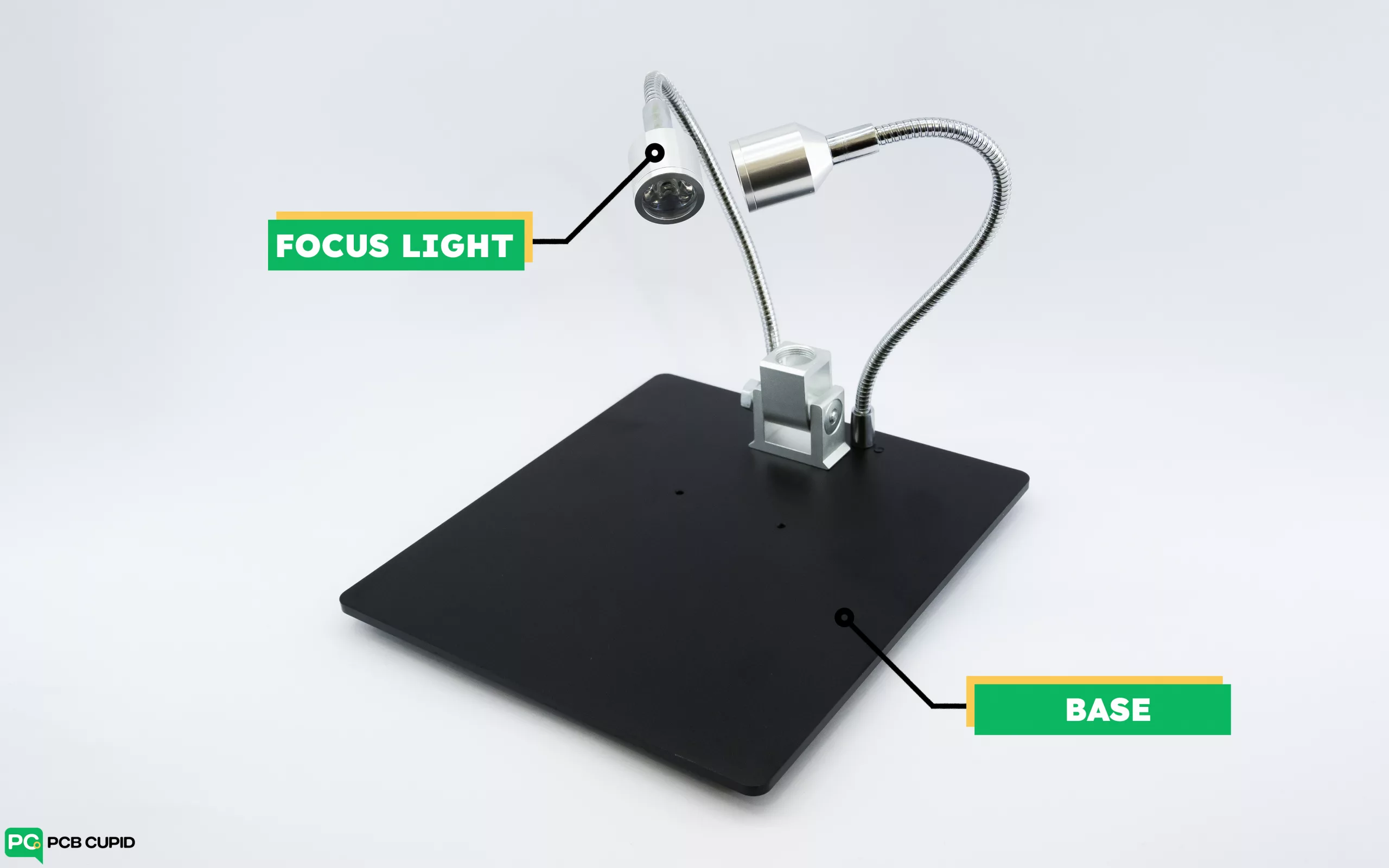
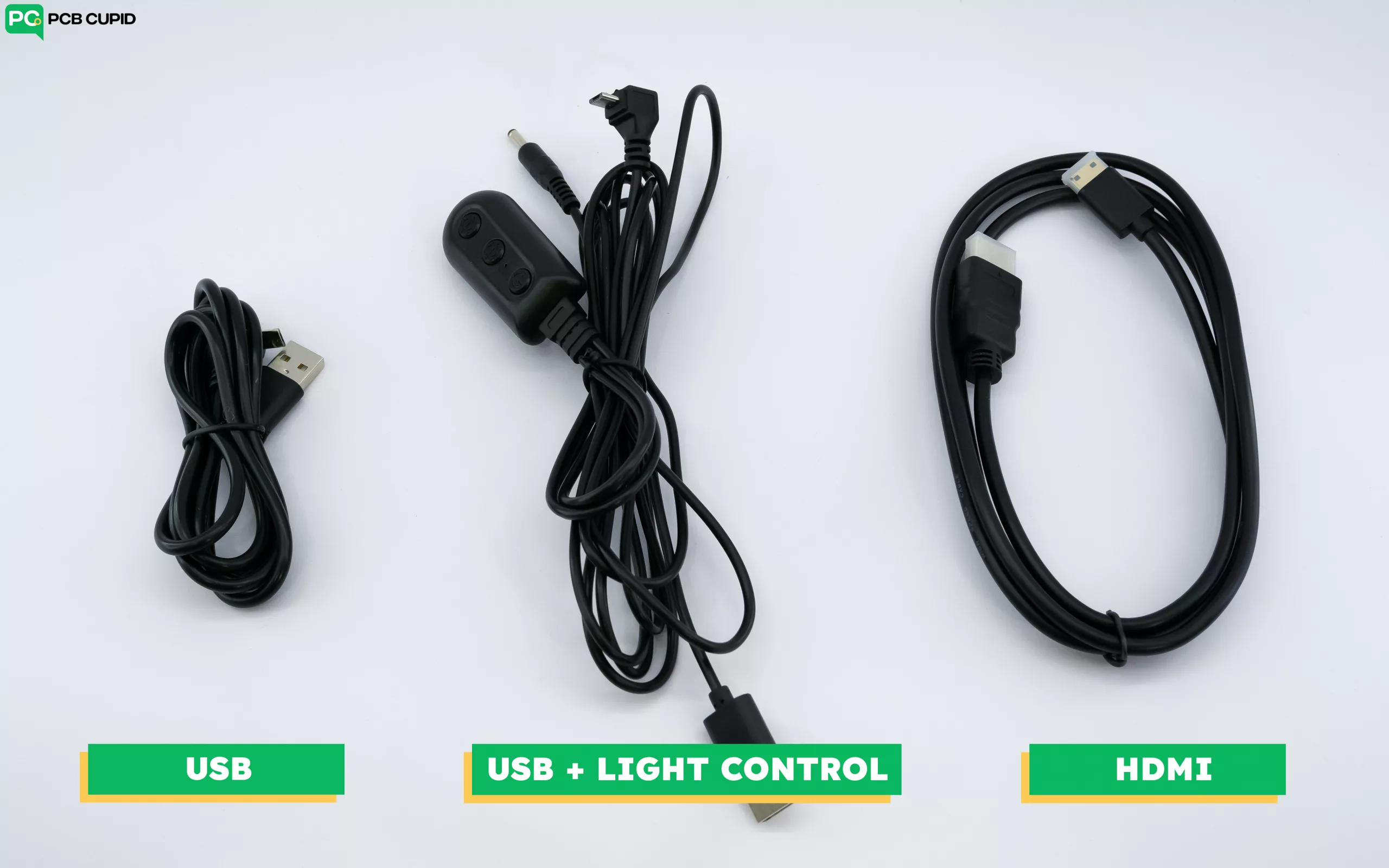
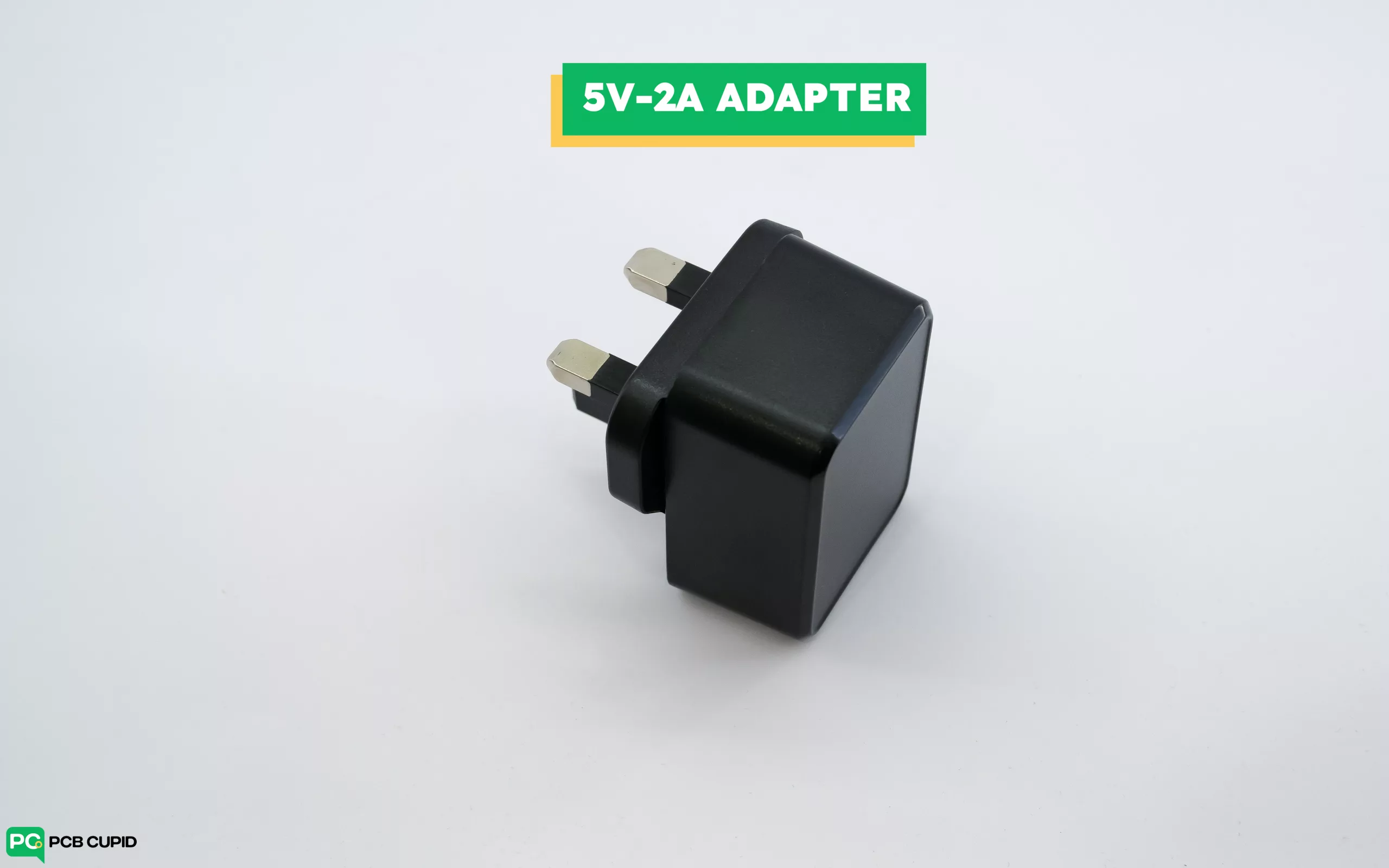
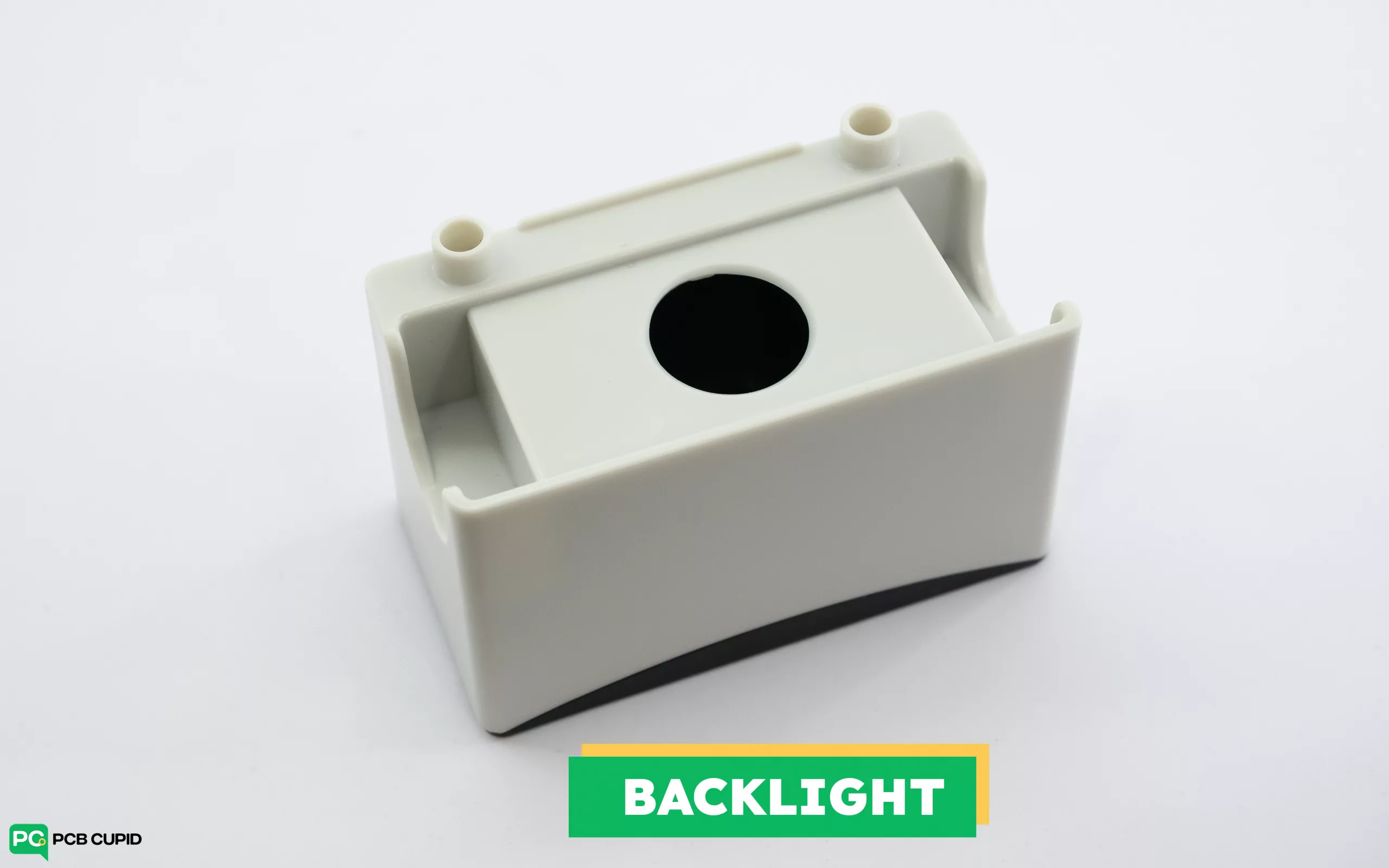
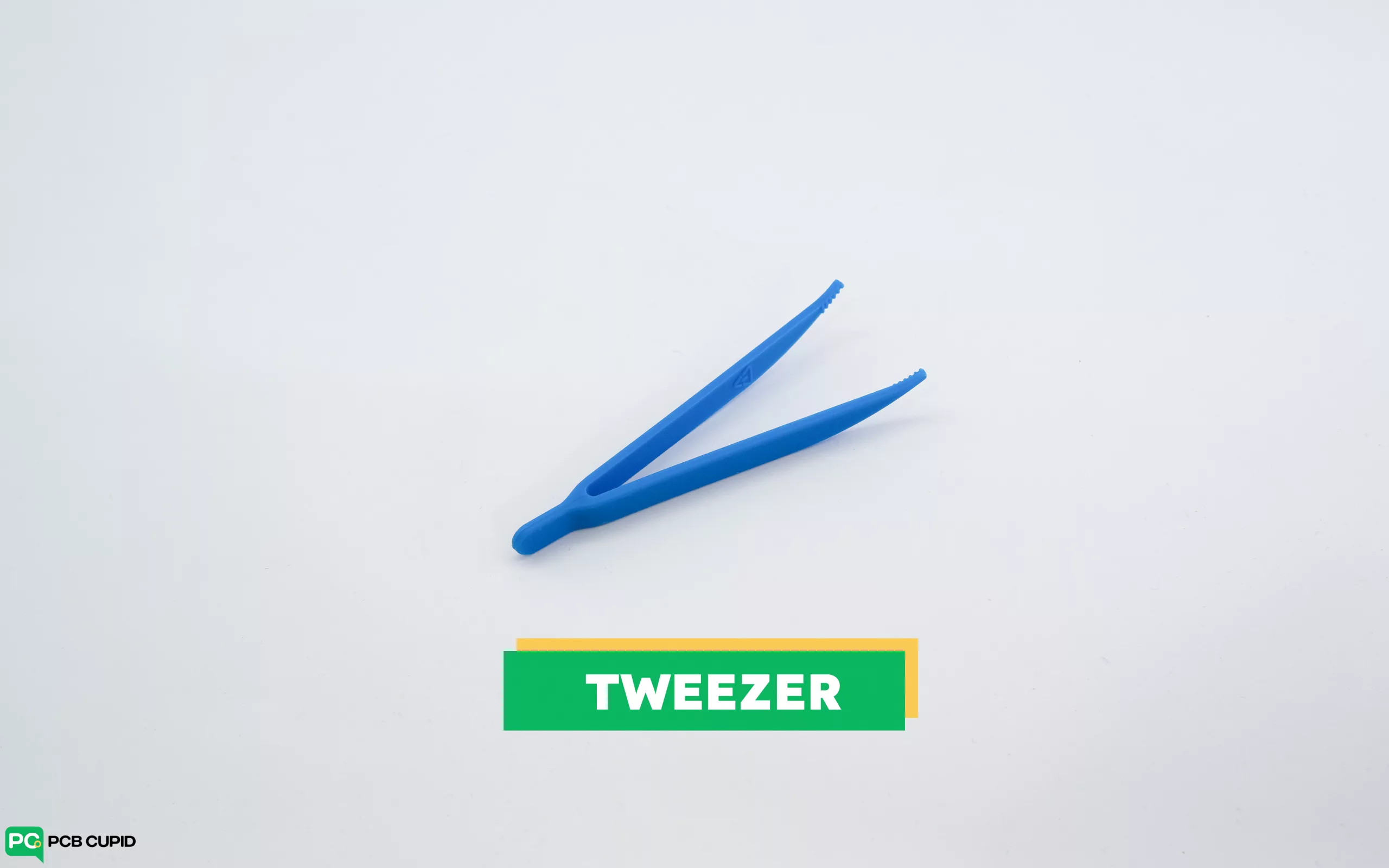
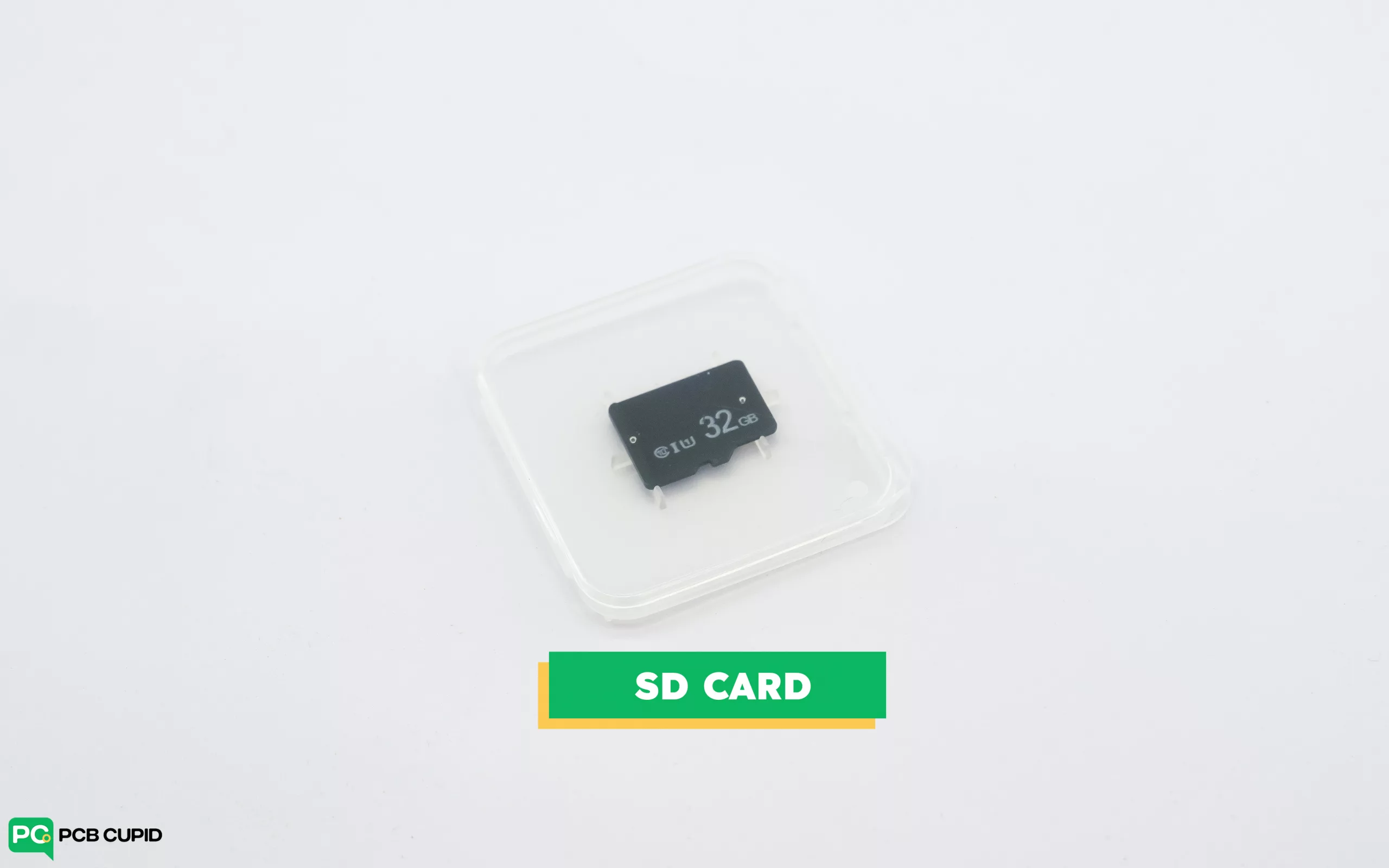
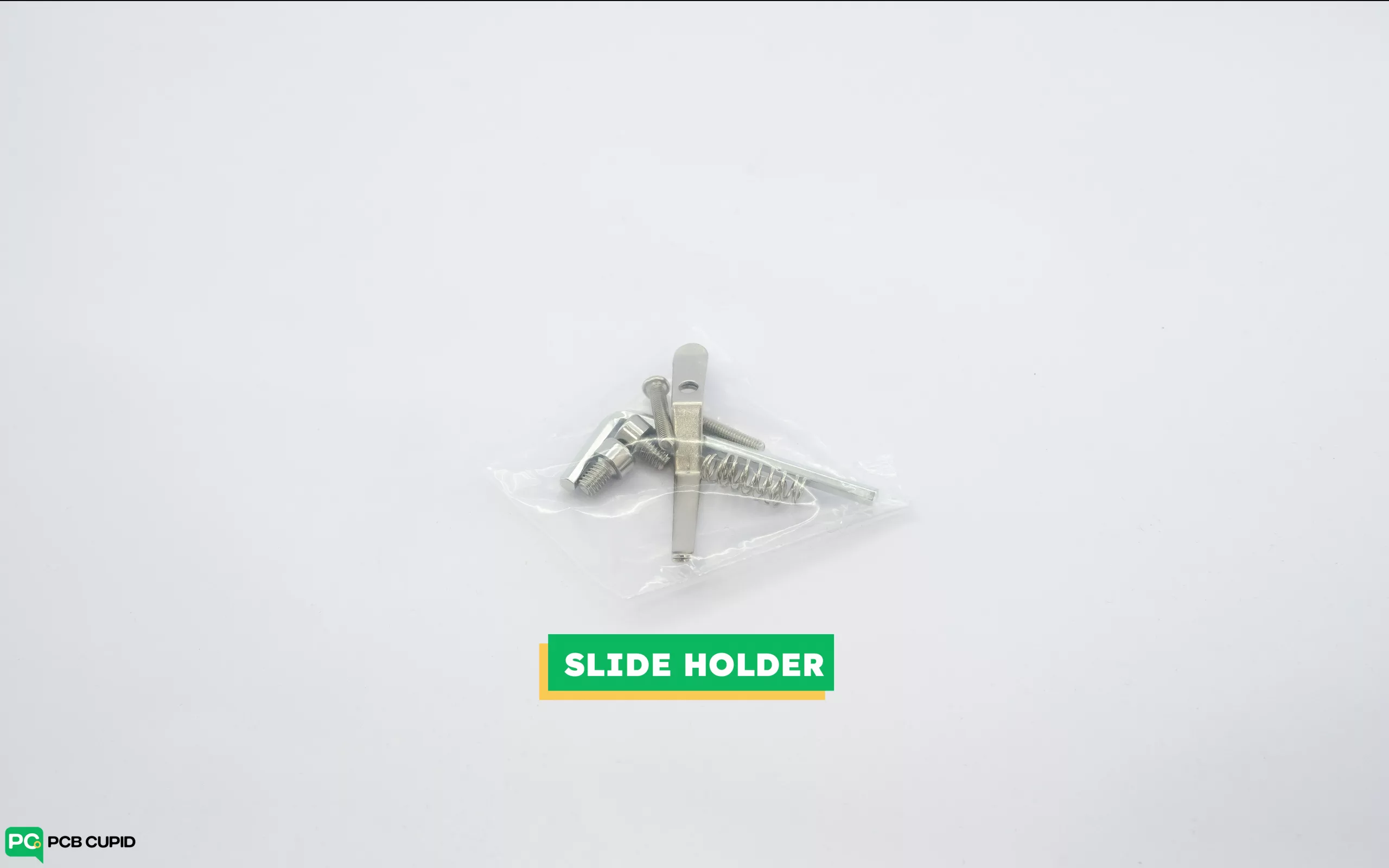
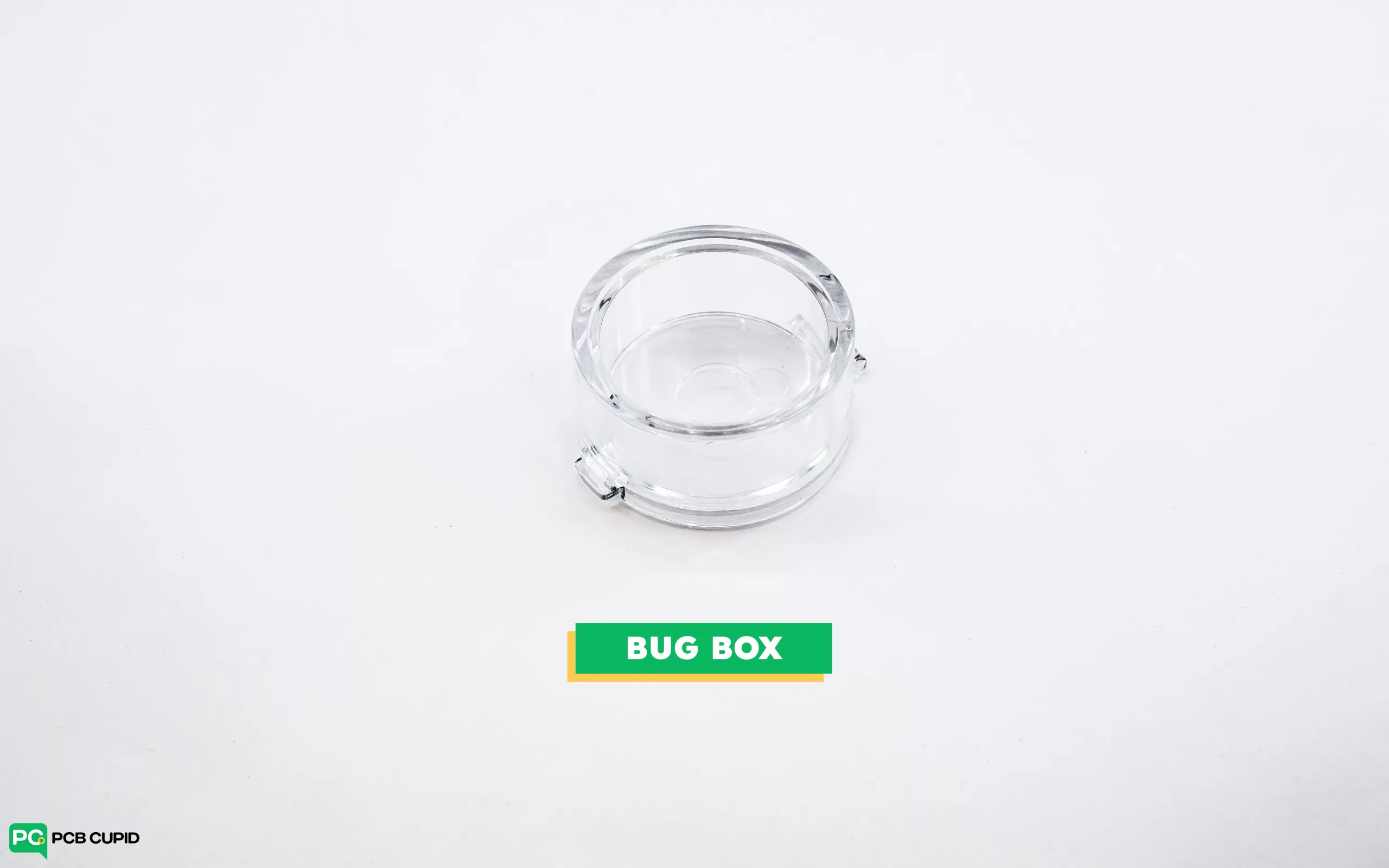
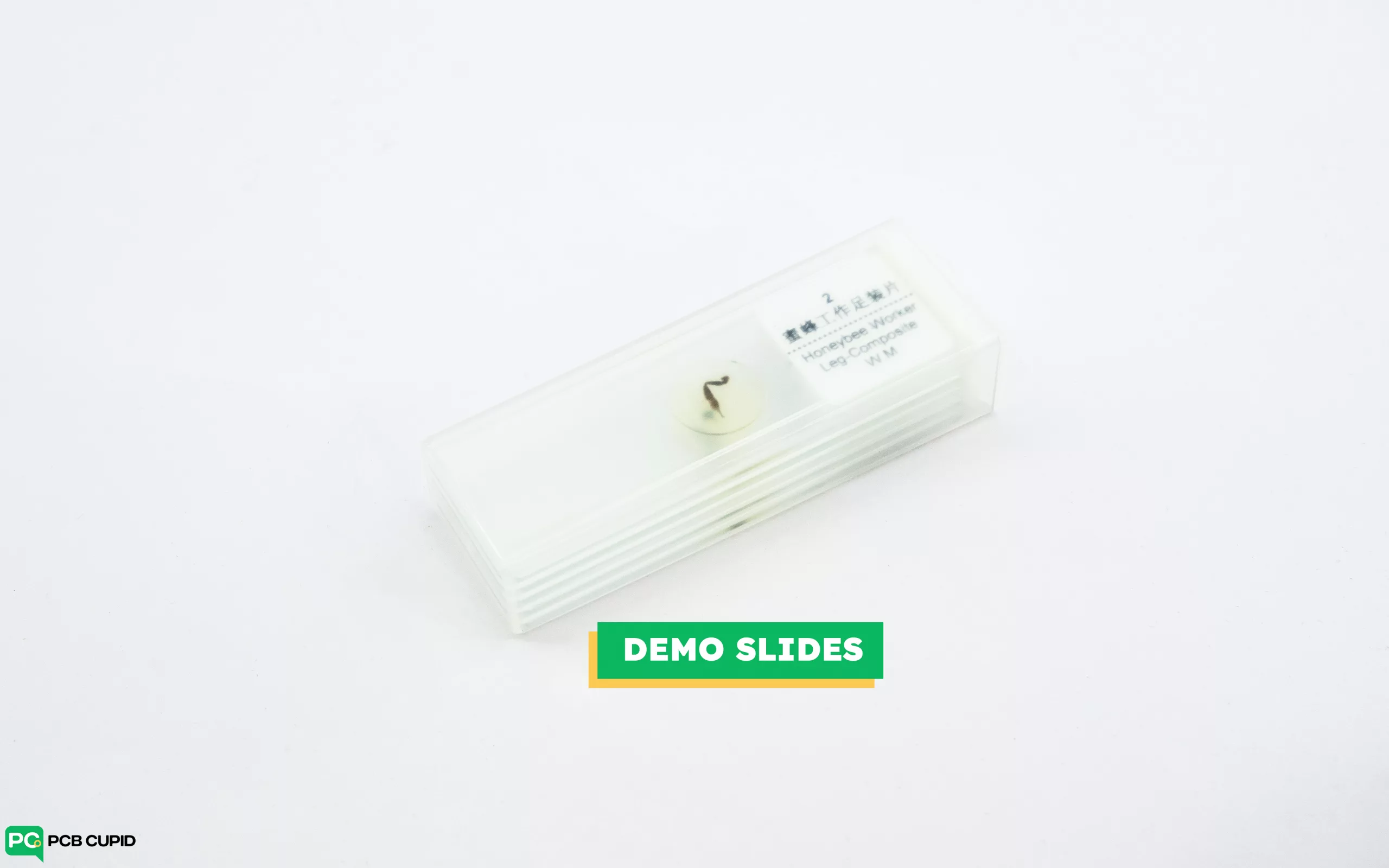
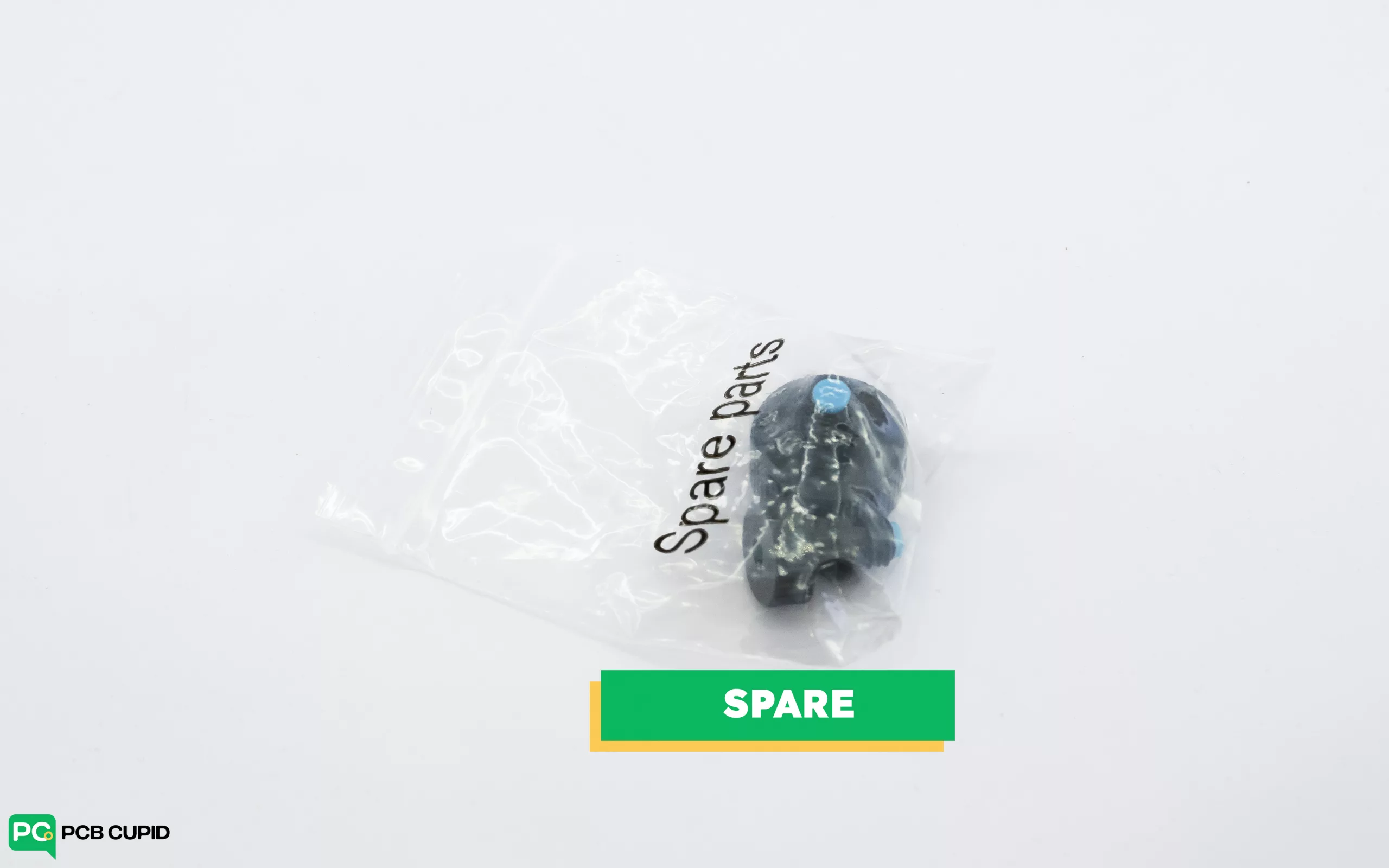
Why you should get LM246MS
- On Amazon this microscope is labelled as $179 (subjected to fluctuations). Considering the overall specifications and accessories included, the price seems reasonable. This is in comparison to many other microscopes that are available online that can cost as high as $1000.
- Can record videos at various resolution : 2880 x 2160, 1920 x 1080, 1280 x 720
- Can record 120FPS on HD resolution
- Photo Resolution of 5600 x 4200 (24MP)
- Large working space under
- Metal based brackets provide rigid support to the whole setup
- Wireless control using the given Remote
Why you shouldn’t get LM246MS
- Crashes on 120 FPS while recording and streaming at HDMI.
- PC software could be better
- If you don’t uses external display, we would recommend you to go for the 10inch version of LinkMicro LM249MS.
- Many features cannot be accessed without remote
- Currently Not available in India and it needs to be imported.
Conclusion
A mindful choice should be made before buying a microscope for electronic components. This is because, firstly, these microscopes aren’t cheap and cost significantly. If you are just getting start you can also just buy a Magnifying Lamp . Secondly, you should be aware of lens type, vertical and horizontal spaces provided. We hope the information provided in the article is helpful and you can make the right choice based on your budget and need.
Purchase Link
LINKMICRO LM246MS – 7inch Variant : https://amzn.to/3ZcOy5L
LINKMICRO LM249MS – 10inch Variant : https://amzn.to/40gEjik
Magnifying Lamp Large : https://amzn.to/3JDZi7B
Magnifying Lamp Small : https://amzn.to/3Z3Od5i
Sponsored
We received the product at free of cost. But the complete review of this article is unbiased and written based on our experience with the product. All the links in the articles are affiliated and we would recommend you to compare the product at the same price range before purchasing.





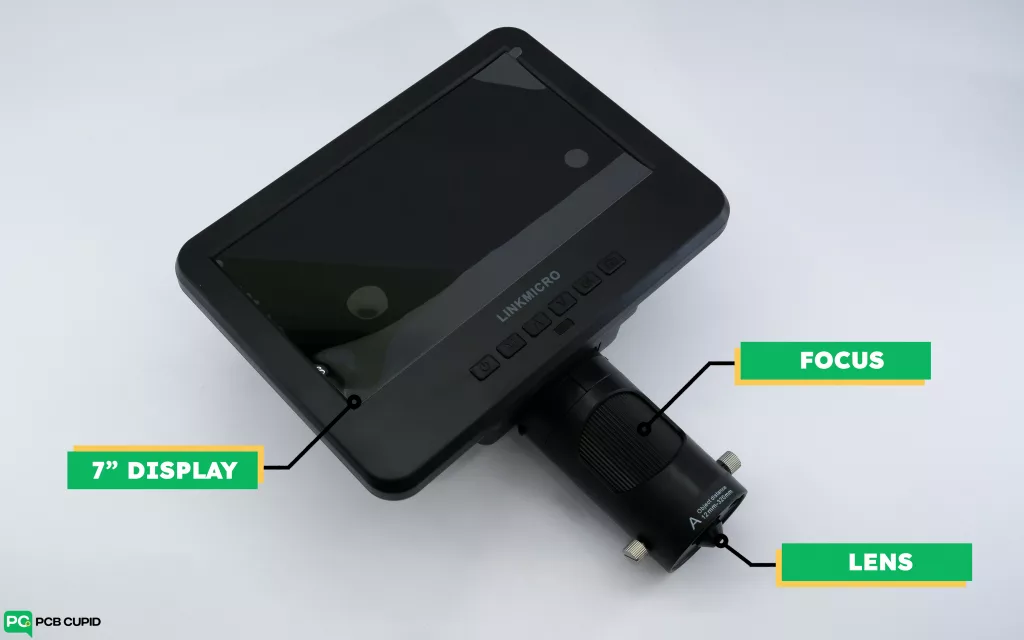







Leave a comment